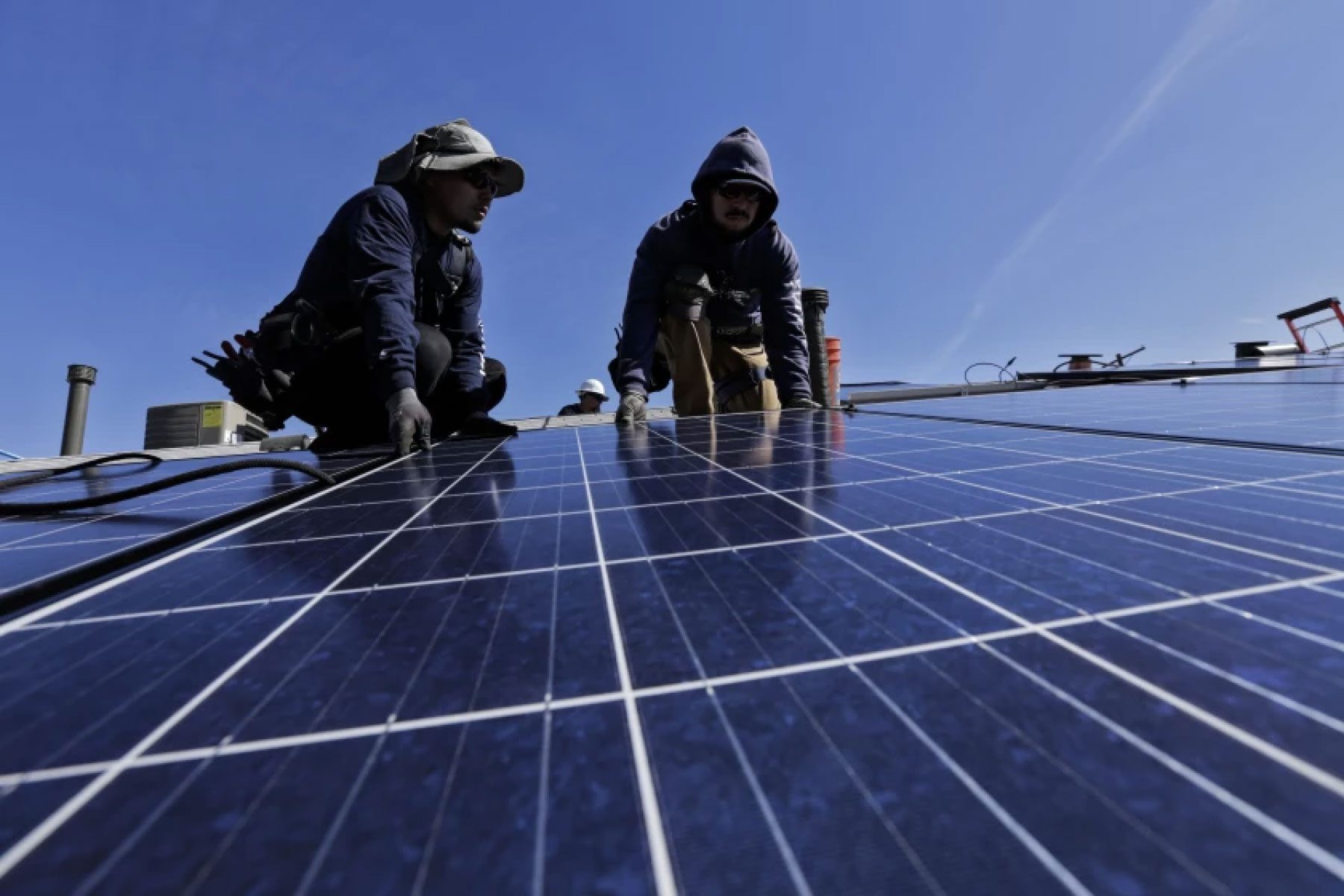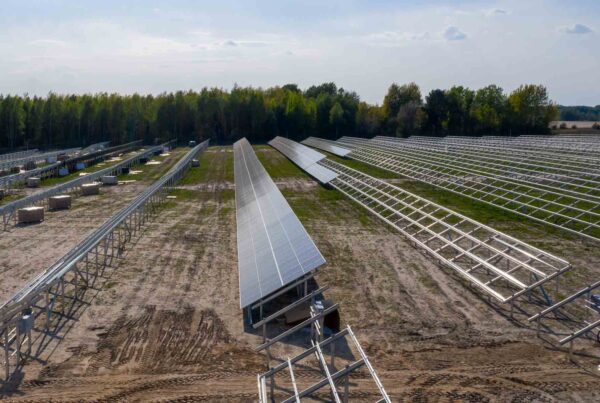A vote on a controversial proposal that would dramatically change the rules for the roughly 1.3 million rooftop solar customers in California will not be held Feb. 10 — the next scheduled voting meeting of the California Public Utilities Commission.
An email Thursday from one of the administrative judges on the commission, or CPUC, indicates a final determination on what’s colloquially called net energy metering 3.0 is still weeks away.
Administrative Law Judge Kelly Hymes notified the many parties officially involved in the proceeding that the proposed decision “will not appear on the Commission’s voting meeting agenda until further notice.”
The email said that the CPUC’s new president, Alice Busching Reynolds, has “requested additional time to analyze the record and consider revisions to the proposed decision based on party comments.”
In addition, the email said Reynolds wants to make sure all five commissioners can participate in a session that will hear oral arguments about the pros and cons of NEM 3.0.
A new commissioner — John Reynolds, who is no relation to Alice Busching Reynolds — was recently appointed to the commission by Gov. Gavin Newsom but as of Thursday has not officially been seated.
Under net energy metering, when a rooftop solar system generates more energy than the homeowner or business actually consumes, the excess can be sent back to the electric grid and customers receive credits on their bills. California’s NEM rules have not been updated since January 2016.
In December, the long-anticipated proposed decision was released. Running 204 pages, the officially named Net Energy Metering tariff called for a slew of changes, including:
Altering how much solar customers are paid when they send power back to the grid. Instead of receiving the retail rate of electricity, they would get paid at the “actual avoided cost,” which is much lower.
Creating a “grid participation charge” of $8 per kilowatt on the solar systems of residential customers. The typical rooftop system is about 5 to 6 kilowatts so the charge would come to about $40 to $48 per month for San Diego Gas & Electric customers. The charge would not apply to commercial customers.
Establishing a $600 million Equity Fund to support clean energy and energy storage programs for low-income Californians. Disadvantaged households would be exempt from paying the grid participation charge.
Provide a 10-year payback period for customers who add energy storage to their solar systems.
The tariff would affect all existing residential customers after 15 years of their interconnections. For example, customers who had their systems connected 10 years ago would have the proposal applied to them in five years. It would not apply to low-income customers.
The solar industry and many customers who have placed installations upon their homes and businesses blasted the proposed decision, saying the higher fees will cripple solar energy businesses in California.
A rooftop installation can easily run into the tens of thousands of dollars and the proposed rules, they say, will extend the payback period so far out that few customers will make the investment. In addition, advocates say solar systems help lower electricity demand on the grid, thus reducing the need to build more transmission and distribution lines.
For years, investor-owned utilities in the state have called for changes to the existing NEM rules.
They say the current policy leaves customers who don’t have rooftop solar paying a disproportionate amount of the fixed costs that come with running the electrical system — things like wires, substations and transformers. This “cost-shift,” they contend, means Californians without solar pay more in electric bills per year than customers who have installed solar on their rooftops.
The Natural Resources Defense Council, the CPUC’s Public Advocates Office and The Utility Reform Network consumer groups and some energy academics have also called attention to the cost-shift.
The debate has grown more intense since the proposed decision was released.
At a news conference last month discussing the state budget, Newsom was asked about the NEM proposal and said, “We still have some work to do.”
Opponents inundated commissioners for seven hours during the public comment period of the CPUC’s Jan. 27 meeting. Two weeks earlier, solar workers and critics of the tariff demonstrated in front of the commission’s office in Los Angeles and it headquarters in San Francisco.
The Protect Our Communities Foundation, a San Diego environmental group, wants the proposed decision revamped to include community solar projects that would benefit renters and low-income residents.
Thursday’s email “tells me that the commission is going to take a long, hard look at how to make the decision better, how to make it more equitable for everyone,” said Tyson Siegele, the group’s energy analyst. “Protect Our Communities is excited to see the commission rethinking this proposed decision and we look forward to working with the commission to make net metering the best it can be.”
The commission can make amendments or changes to the existing proposal. It can also issue a second — completely separate, alternate — proposal for the five voting commissioners to consider. It takes a majority to institute a proposed decision.
The session featuring oral arguments had been scheduled for Jan. 12 but was postponed. Hymes’ email said the session will be rescheduled but did not give a specific date.






